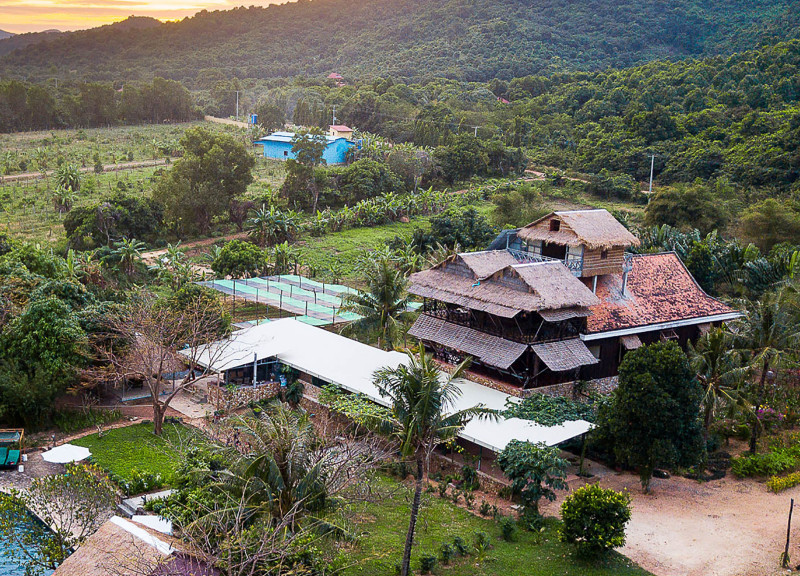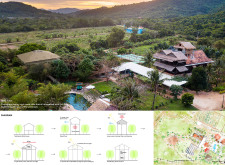5 key facts about this project
The project is an innovative architectural design situated in [insert geographical location]. This structure serves multiple functions, including [insert specific functions such as residential, commercial, or cultural]. It stands as a representation of contemporary architectural principles, focusing on sustainability, community integration, and user experience. The design reflects the values and needs of its users while maintaining a strong connection to its environment.
The architectural design features a distinct form, characterized by clean lines and a harmonious balance of materials. The building’s exterior integrates [mention materials used, such as glass, concrete, and wood], which not only contribute to the aesthetic appeal but also enhance functionality and durability. The architectural plans illustrate a thoughtful layout that prioritizes natural light and spatial flow, ensuring that the interior spaces are both inviting and practical.
One of the unique aspects of this project is its approach to sustainability. The design incorporates passive solar strategies, such as [detail specific strategies, e.g., large overhangs, strategically placed windows], that reduce energy consumption. Additionally, the use of reclaimed materials reflects a commitment to environmental responsibility. The project's landscape is thoughtfully designed to incorporate native plants, reducing water usage while enhancing biodiversity.
Another notable feature is the integration of community spaces within the design. The project includes [describe community-oriented areas, like gathering spaces, parks, or recreational facilities] that encourage social interaction and engagement among users. These spaces are accessible and designed to accommodate a variety of activities, fostering a sense of belonging and community cohesion.
The architectural sections reveal a clear attention to detail in the design of both the interior and exterior. Textures and colors have been strategically chosen to create a cohesive aesthetic, while the spatial organization optimizes functionality. The layout facilitates easy movement and interaction, enhancing the user experience.
This project exemplifies modern architectural ideas that focus on the relationship between structure and environment, as well as the importance of community-oriented spaces. The careful consideration of material choices and sustainable practices distinguishes it from other architectural projects.
To gain deeper insights into this project, viewers are encouraged to explore its architectural plans, sections, and overall design to fully appreciate the intricacies and intentions behind the design. This thorough examination will provide a clearer understanding of its functional and aesthetic contributions to the architectural landscape.






















































